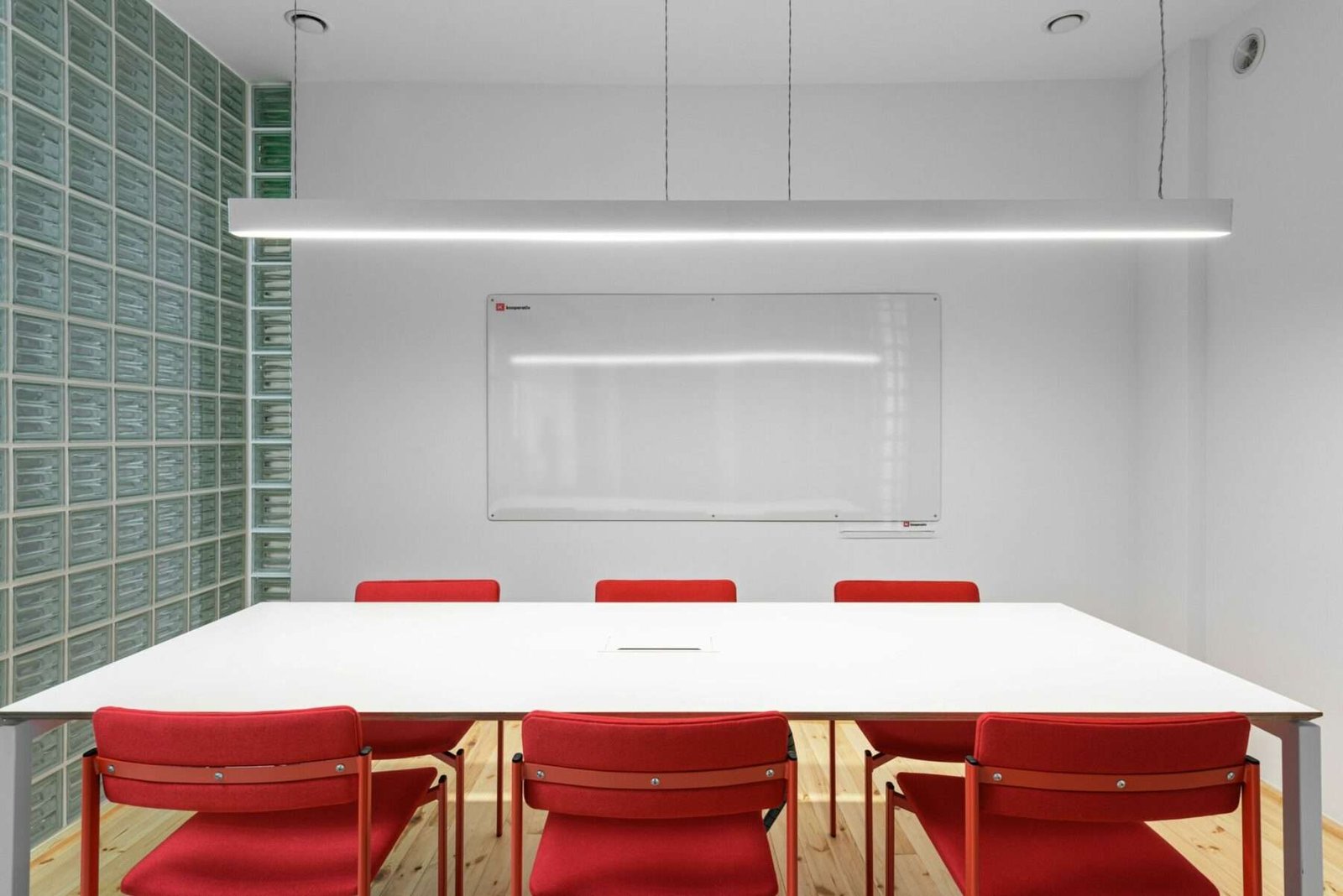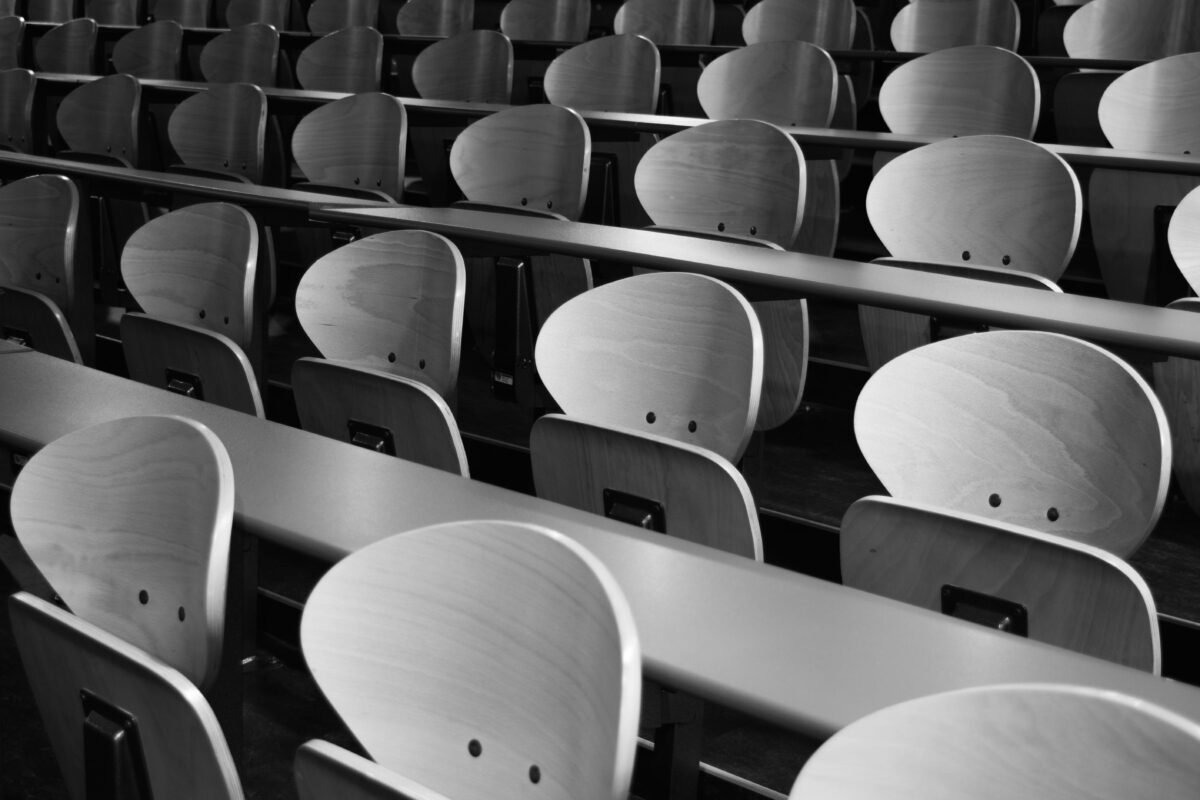The importance of architecture in shaping learning environments cannot be overstated. Beyond mere aesthetics, the physical structure and school building design of educational facilities play a crucial role in enhancing or impeding learning opportunities.
From the layout of classrooms to the inclusion of natural light and communal spaces, every architectural choice has the potential to significantly impact students’ attention, engagement, and overall well-being. In this blog post, we will explore how thoughtful architecture can transform schools from traditional spaces of learning into vibrant community hubs that encourage innovation, collaboration, and a deepened connection to the educational process.
Join us as we uncover the ways in which architects and educators are working together to create environments that not only meet the practical needs of students and staff but also inspire and facilitate new forms of learning.

Designing Education: The Impact of Architecture
Imagine stepping into a school where hallways are bathed in natural light, classrooms are designed with flexible seating arrangements to foster collaboration, and outdoor spaces invite learners to connect with nature and each other. In this setting, students are more likely to feel inspired, engaged, and motivated to explore their interests.
Conversely, consider the impact of a cramped, poorly lit classroom with rigid, traditional seating. Such an environment can stifle creativity, hinder learning, and even contribute to a sense of isolation. The stark difference between these scenarios highlights the powerful influence architecture holds over a student’s experience.
Thoughtful school building design not only caters to educational needs but also supports the emotional and social well-being of students, creating a foundation for a more person-centered learning experience.
The indispensable role of an intentional architect in crafting educational spaces cannot be emphasized enough. It goes beyond artistic vision or technical prowess; it involves a deep understanding of how learning happens and the various needs of those inhabiting educational environments. An intentional architect considers every aspect of a school’s design, from the flow of traffic in common areas to the acoustics in classrooms, ensuring that each element fosters an optimal learning atmosphere.
They engage in a collaborative dialogue with educators to understand their pedagogical goals, integrating this insight into the architecture. This intentional approach ensures that the physical environment aligns with educational philosophies and methodologies, thereby creating spaces that are not only safe but also inspirational.
Without such a thoughtful and deliberate process, schools risk becoming mere buildings rather than dynamic learning communities where students thrive both academically and personally.
Benefits of Intentional School Building Design
The call for more pragmatic and intentional school building design has never been louder. This is not just an aesthetic or functional challenge—it is a matter of generational growth. Architects specializing in educational environments must consider factors like natural lighting that influence healthy circadian rhythms, acoustics that enhance hearing and comprehension, and HVAC systems that provide clean air for alert minds.
Intentional floor plans for schools can host a variety of benefits. For example, flexible classroom design can equip teachers with the ability to host a space personalized to the subject and project. Or, a classroom with intentionally placed windows, can reduce distraction and boost student engagement. Energy-efficient and thoughtful heating and cooling systems prevent weather and temperature from interfering with students’ focus. All in all, the benefit of intentional school building is a space designed to equip students to succeed.
Unleashing the Power of Classroom Design: A Game-Changer for Educators
As an educator, you play a role in influencing the architectural design of learning experiences. One of the most powerful tools at your disposal is the very environment where learning takes place – the classroom. Edutopia’s article, “The Science of Classroom Design”, provides compelling evidence that the design of your classroom can significantly impact student engagement and success. Here are a few ideas to consider as you work to transform your classroom into a dynamic, learner-centered space:
- Embrace a Flexible Layout
The layout of your classroom isn’t just about fitting in desks and chairs. It’s about creating a space that sparks collaboration, creativity, and flexibility. With a layout that allows for movement and varying seating arrangements, you’re fostering a learning environment that caters to diverse learning styles and activities. For instance, the Montessori approach designs classrooms with the child’s needs at the forefront, promoting independent learning and exploration. - Harness the Power of Light
Lighting isn’t just about visibility; it’s about creating an atmosphere that boosts focus and productivity. Natural light is the gold standard, but if it’s not available, artificial lighting that mimics daylight can work wonders too. Say goodbye to harsh fluorescent lights that cause eye strain and hello to a well-lit, inviting learning space! - Leverage the Psychology of Color
Colors aren’t just aesthetic choices; they can influence mood and cognitive function. While bright colors can stimulate creativity, softer hues can foster a calm and focused atmosphere. But remember, less is more. Over-decorated classrooms can overwhelm students with visual information, distracting them from the lessons at hand. - Champion Organization
An organized classroom is more than just a neat space. It’s an environment that promotes essential skills like initiative and organization. By implementing clear labeling, designated areas for supplies, and a consistent system for paperwork, you’re empowering students to navigate their learning journey independently. - Create a Space for Learners
The classroom should be a home away from home for your students. With flexible seating options, easy-to-reach learning resources, and spaces for collaboration, students feel valued, involved, and motivated to learn. - Ensure a Comfortable Learning Environment
From temperature control to noise levels, attention to these seemingly minor details can create a conducive learning environment that is free of distractions. - Make Decorations Purposeful
Decorations should not merely be decorative; they should enhance learning. Choose decorations that align with your curriculum and inspire curiosity among your students.
Creating the ideal classroom might seem like a daunting task, but remember, small steps can lead to big changes. Each adjustment you make brings you one step closer to a classroom that truly supports all learners and fosters a positive and productive learning experience.
In essence, when schools are equipped with thoughtful learning spaces. they not only improve educators’ ability to teach but also elevate the educational experience for students, creating a cycle of positivity and growth that benefits the entire school community.
Intentional school design extends its benefits beyond the students; it profoundly impacts staff well-being and retention rates. Educators working in environments designed with their needs in mind will experience higher levels of job satisfaction and lower stress levels. Thoughtfully designed staff areas, ergonomic workspaces, and access to resources can significantly reduce the physical and emotional strain of teaching, which could lead to increased productivity and better emotional balance.
Furthermore, schools that prioritize the well-being of their staff through intelligent design are more likely to attract and retain high-quality educators. The presence of collaborative spaces encourages professional development and fosters a sense of community among staff, reinforcing their commitment to the school’s ethos and their profession.
Blueprints of Success: Case Studies
If you want to see thoughtful school building design in action, take a look at some of Keiser Design Group’s past projects!
This architectural endeavor by Keiser Design Group at Patriot Preparatory Academy is a testament to how thoughtfully designed spaces can profoundly impact students, educators, and the broader school community. Feel free to take a further look by reading the Patriot Preparatory Academy Case Study.
Or, check out this interesting Grace Christian School Case Study about Grace Christian School, designed by Keiser Design Group. It’s a quick read that displays how careful architectural design can make a big difference in creating a better learning environment. If you’re curious about how school building design and education can intersect in practical ways, this case study is for you.

Fueling the Future
Keiser Design Group is not just designing buildings; we’re shaping the future. With a clear understanding that architecture is more than just raising structures, we are committed to creating spaces that move us forward into a more sustainable and inclusive future.
At the heart of Keiser Design Group is a person-centered approach. We believe that every design should begin and end with the people who will inhabit the space. Keiser Design Group prides itself on our client-focused relationships. This outlook allows us to create environments that are not only aesthetically pleasing but also functional, comfortable, and conducive to the activities that take place within them.
Keiser Design Group recognizes that architecture has a profound impact on our experiences and interactions. As such, we strive to design spaces that foster positive human connections, encourage productivity, and enhance overall well-being. Our designs are more than just beautiful—they’re thoughtfully crafted to improve lives.
Your Opportunity to Contribute
In conclusion, school building design undeniably plays an influential role in the school experience, shaping how students learn, interact, and grow. A well-designed educational space can inspire creativity, foster collaboration, and enhance student engagement. Thoughtfully designed floor plans for schools can either equip or create roadblocks for educators.
If you’re looking to create a learning environment that not only meets functional needs but also nurtures the minds of future innovators, thinkers, and leaders, it’s time to consider a strategic architectural approach. Keiser Design Group is here to guide you through this transformative journey. Don’t settle for less when it comes to your school’s architecture.
Your classroom is more than a room; it’s a catalyst for success. Let’s create spaces where every student thrives! Contact Keiser Design Group today and let’s build a learning space that empowers our next generation.


